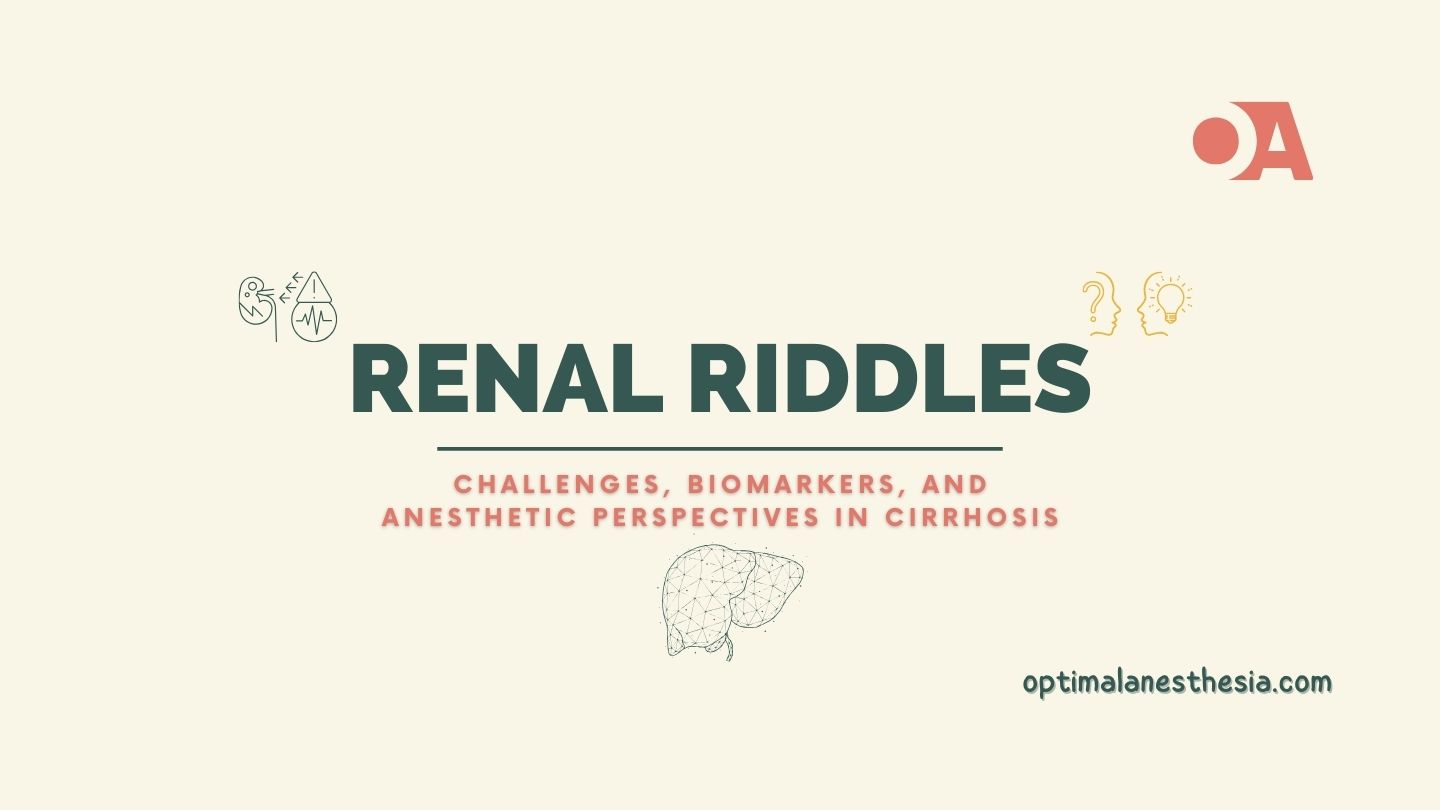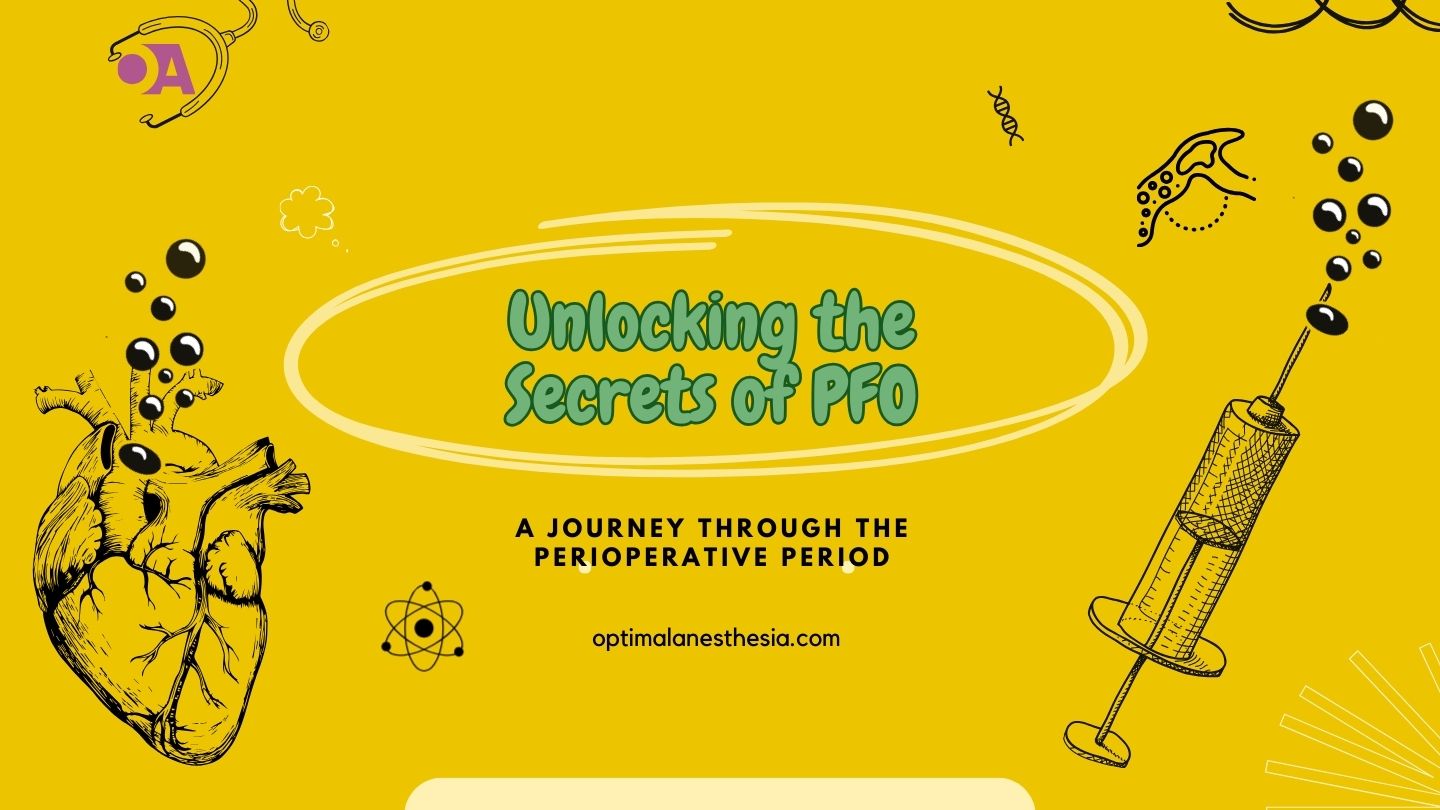Cirrhotic Cardiomyopathy (CCM)
Unlocking Cirrhotic Cardiomyopathy (CCM): In the hidden realm of health, Cirrhotic Cardiomyopathy (CCM) silently impacts up to 50% of cirrhosis cases. This cardiac enigma, revealed in 1953, orchestrates impaired cardiac responses, a hyperdynamic circulatory dance, and electrophysiologic abnormalities, notably QT prolongation. Stress-induced manifestations veil its presence, while risk factors like alcohol use disorder and hemochromatosis … Read more










